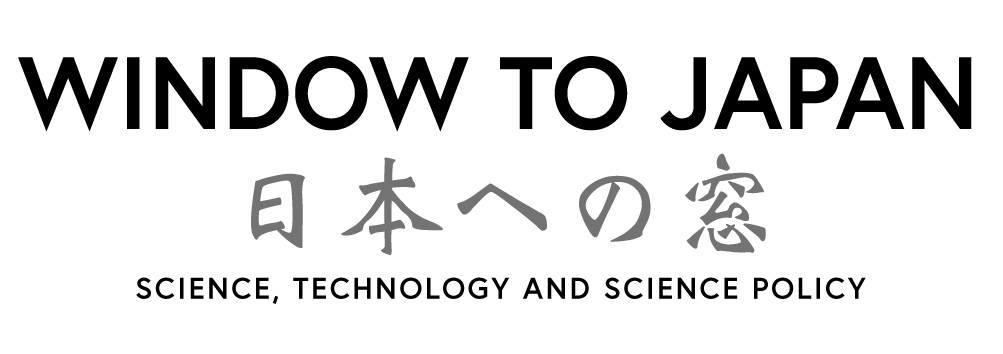Licorice root containing glycyrrhizin is the most prescribed crude drug in Chinese medicine, included in about 70% of Chinese herbs. It is also used in Kanpo, Japan’s equivalent of TCM. Glycyrrhizin extracted from licorice is 150 to 300 times sweeter than sugar, used as a sweetener and as a remedy to reinforce liver function. In addition, glycyrrhetinic acid, which is obtained by hydrolyzing the sugar chain of glycyrrhizin, is used in anti-inflammatory drugs, cosmetics, and toiletries.
In 2019, over 1000 t of licorice was imported from China to Japan at rising prices, recently 4,287 yen per kilogram (~35 €).
Recently, two Japanese group are engaged to find alternative sources for this valuable compound.
In 2013, Oji, a papermaker, established a Medical Plant Research Institute and started research analyzing the gene expression of licorice under various cultivation conditions. With a new cultivation technique, glycyrrhizic acid content was increased within a short period of 1.5 years from sowing to harvest, and demonstrated in a Hokkaido farm. Next, mechanization technology required for a ha-scale cultivation of licorice (ha scale) was established on two test farms in Hokkaido. In the fall of 2020, Oji Holdings announced that licorice roots could be harvested in the t scale (dry weight).
A second approach by Toshiya MURANAKA and colleagues of Osaka University and RIKEN is based on synthetic biology, using S. cerevisiae. They cloned the CSyGT gene encoding a glucuronosyltransferase from the licorice plant, and expressed it with six other genes into yeast, enabling it to produce about 0.5 mg/L glycyrrhizin from glucose after 5 days of incubation.
Nikkei Biotech news, January 27, 2021, Nature, November 16, 2020.

